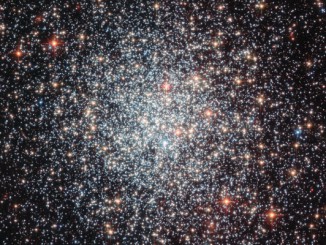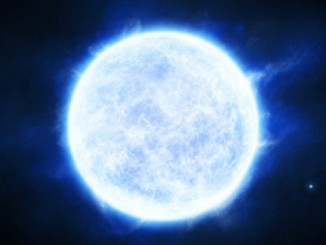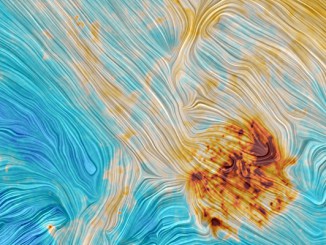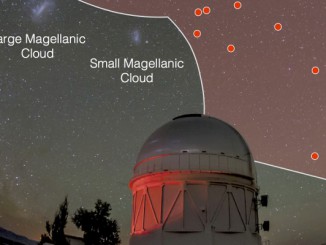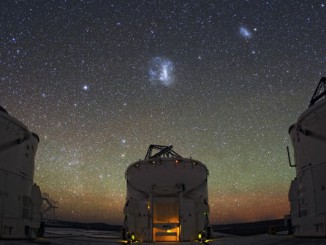
Hubble unveils monster stars in the Tarantula Nebula
Astronomers using the unique ultraviolet capabilities of the NASA/ESA Hubble Space Telescope have identified nine monster stars with masses over 100 times the mass of the Sun in the star cluster R136, located in the Tarantula Nebula within the Large Magellanic Cloud. This makes it the largest sample of very massive stars identified to date.

